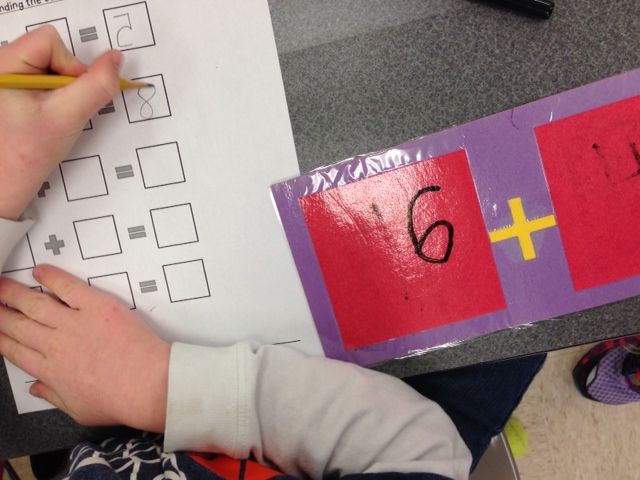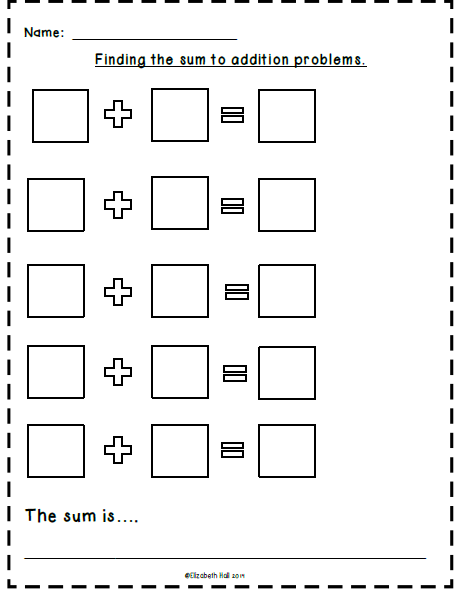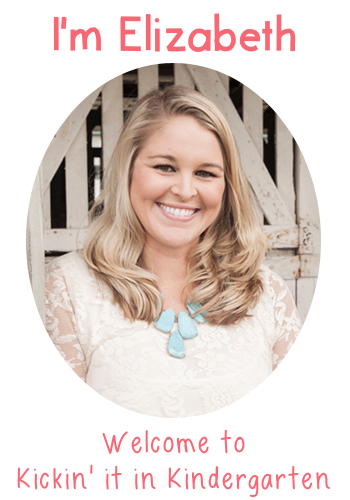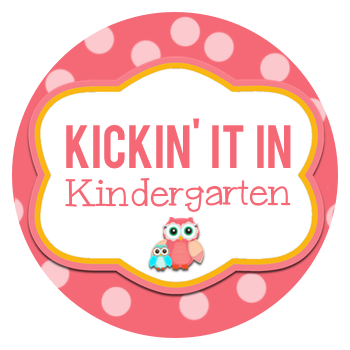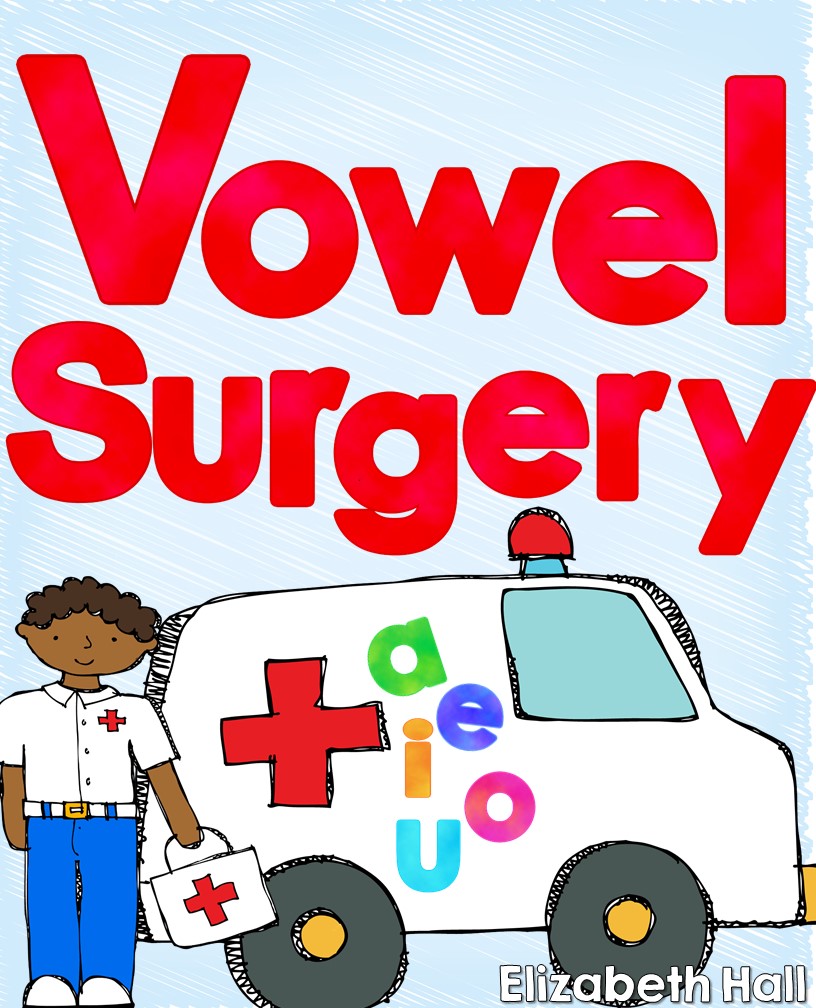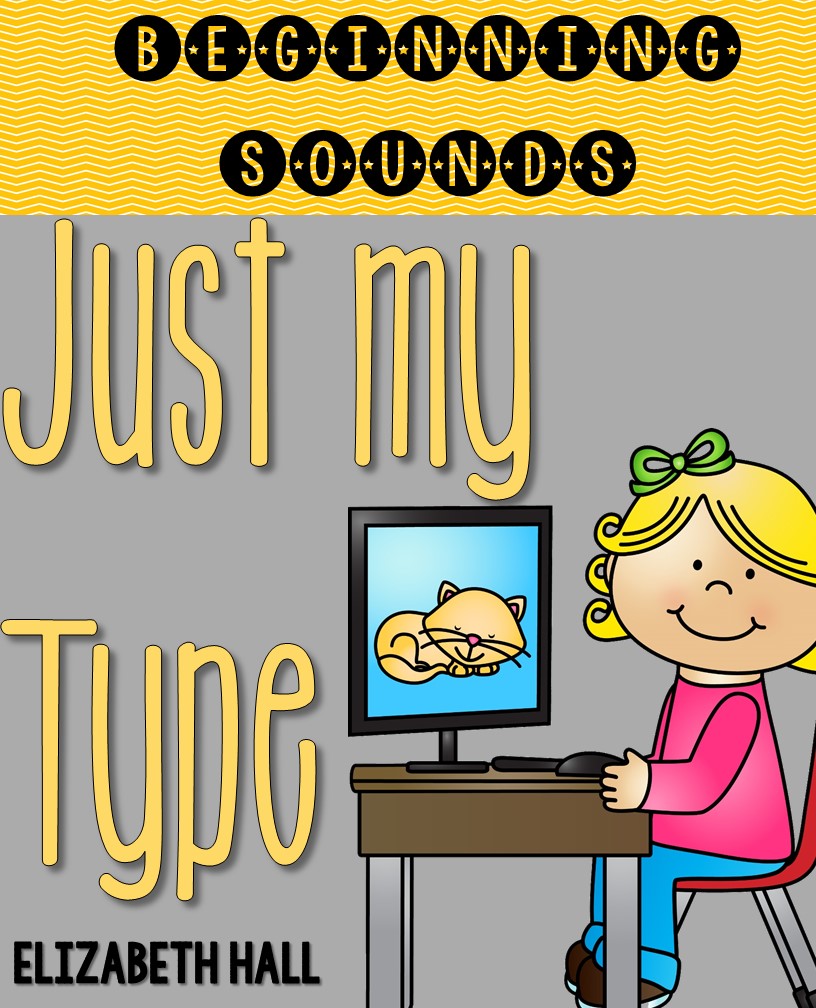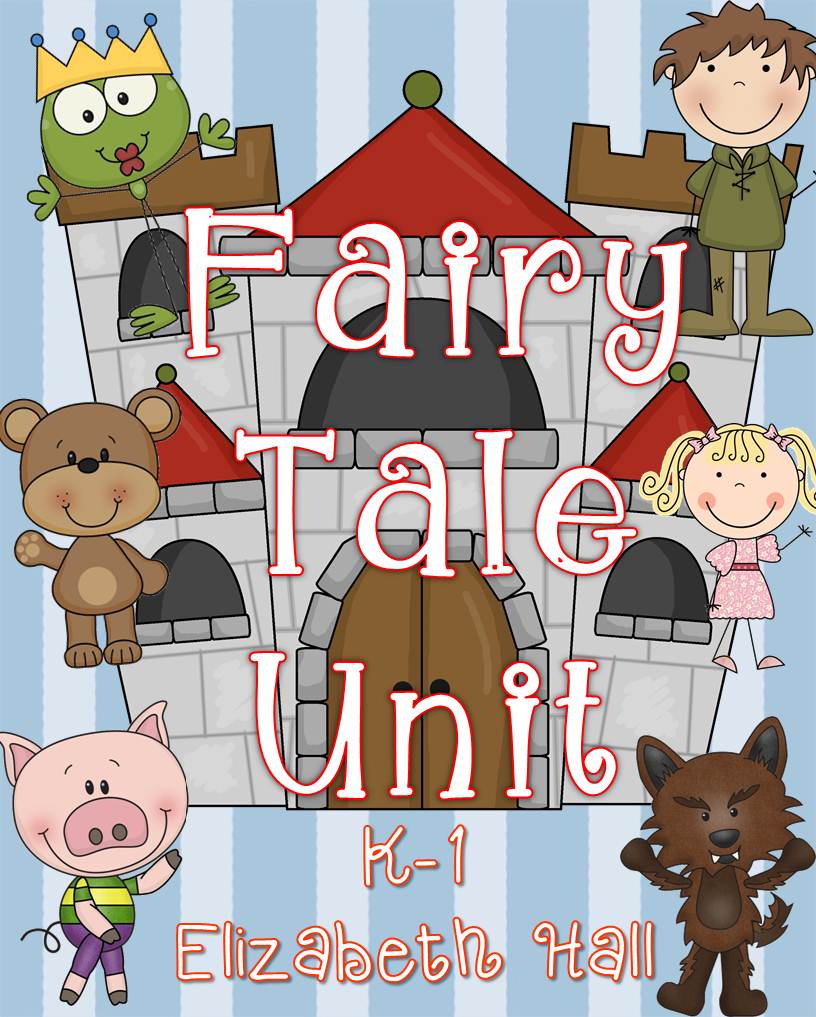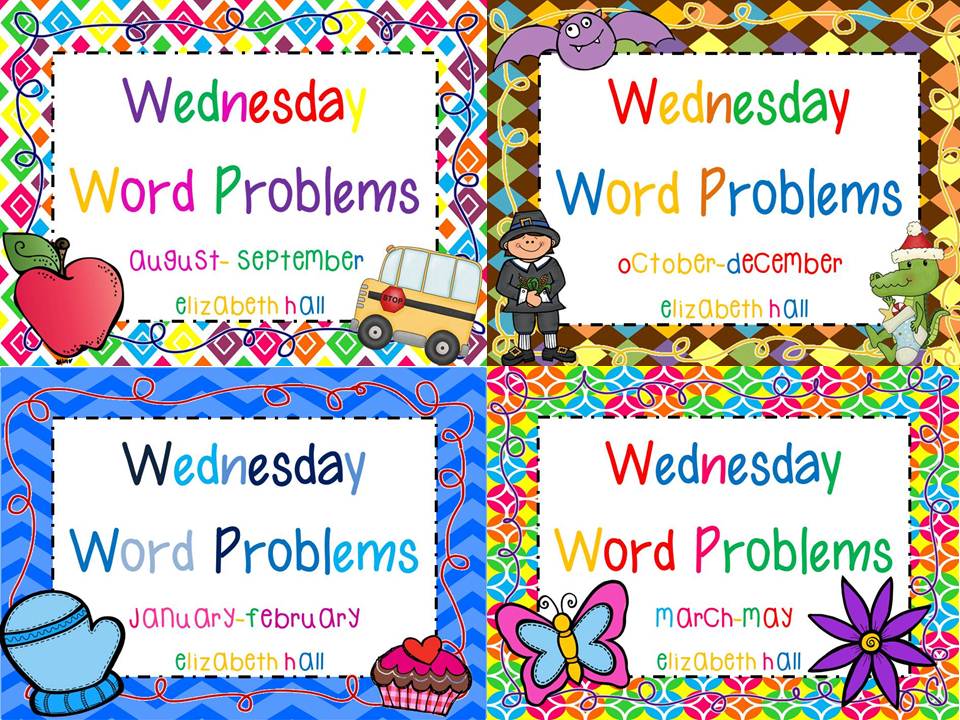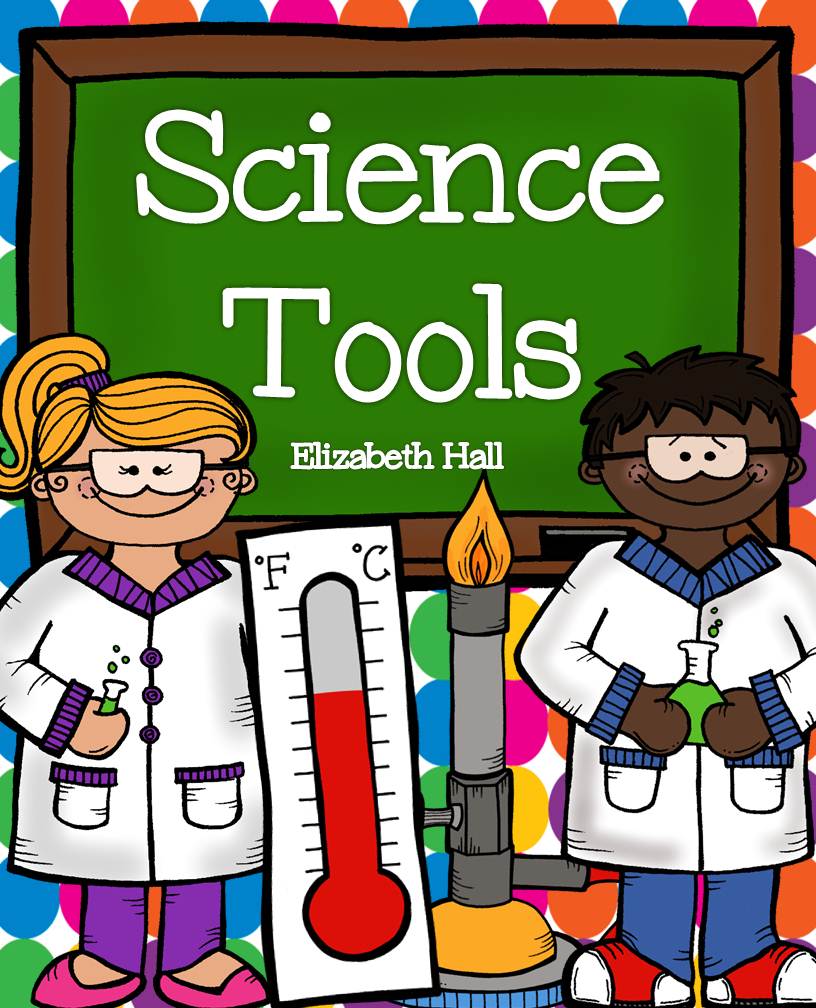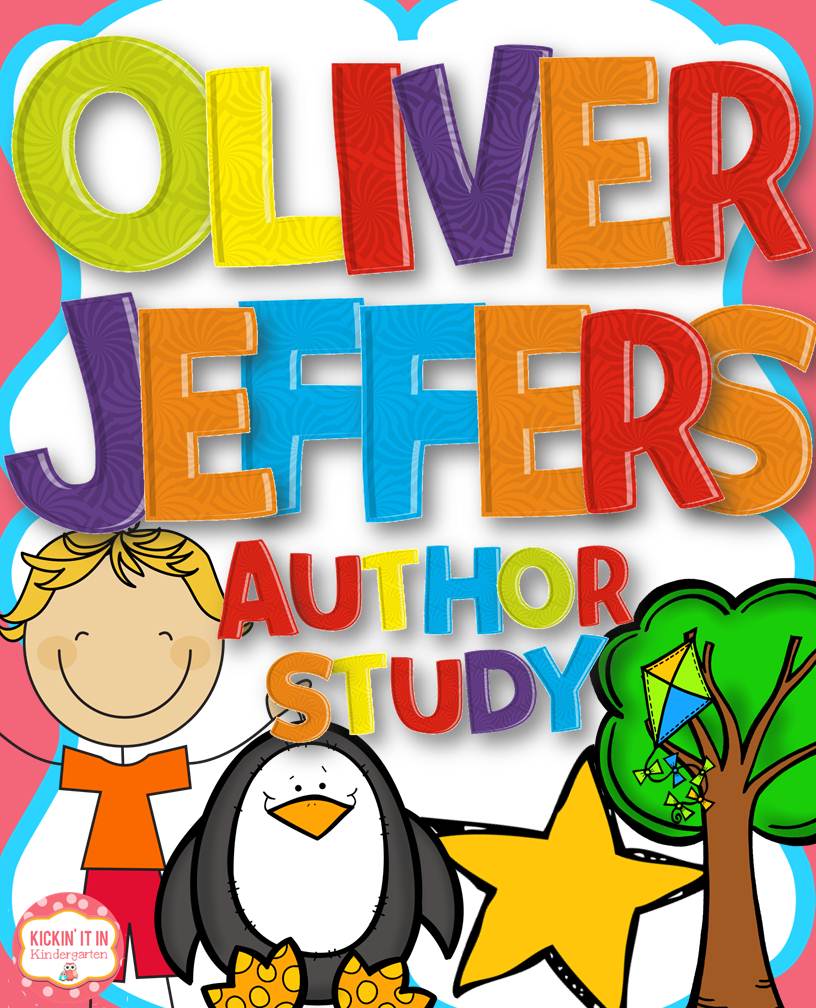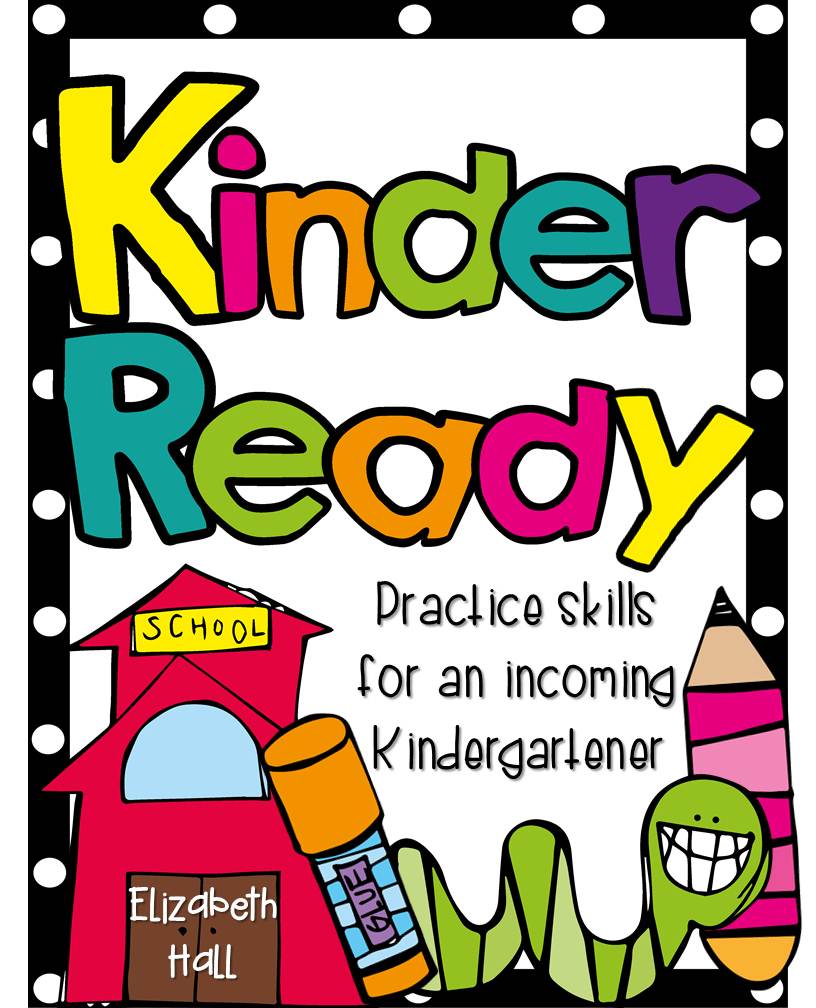We got back from break and it was like addition was a foreign language.
Last week, we had a bit of an intervention. I have been using these for the past couple of years. Please excuse the marks all over them because they have had a bit of love. This is the addition side.

It’s just a purple piece of construction paper with 4×4 inch red boxes glued down with the addition and equal signs as just cut outs. If you have a machine that will generate the images for you, then go for it. You can always just print them out in word or hand draw them. Whatever works best for you!
When you flip it over, there is a side with boxes to practice subtraction. 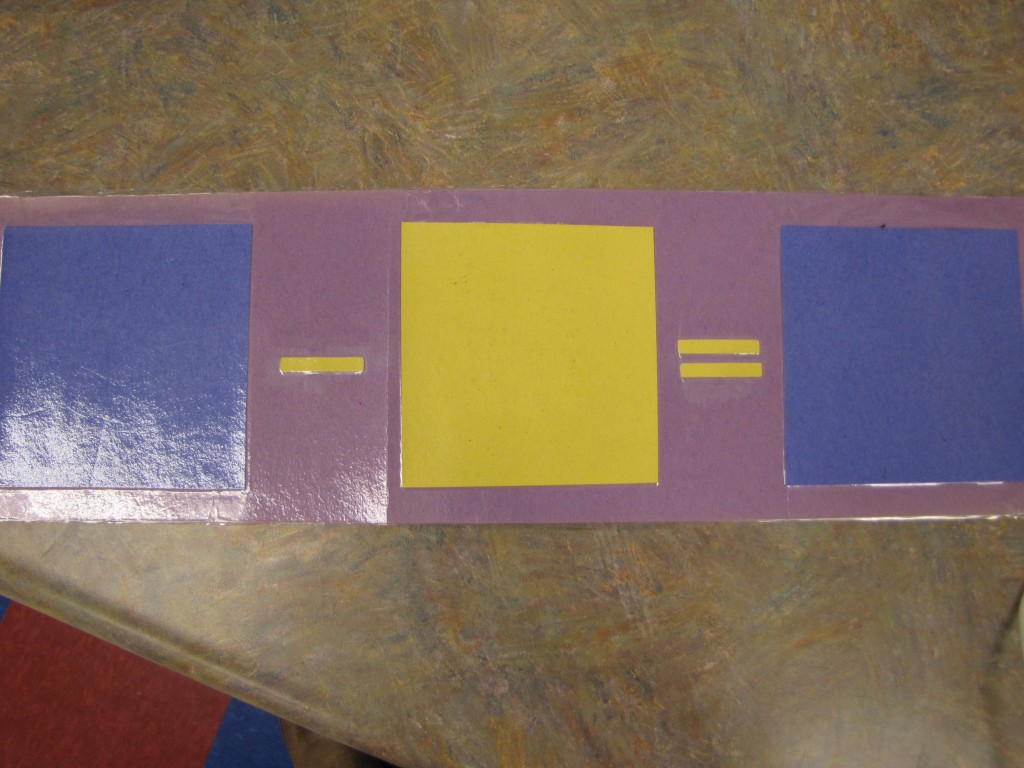
Then, they were laminated for wear and tear. I have had them for three years and they are still a great tool to use for both addition and subtraction practice. If you notice on this side, the boxes are different colors. This post isn’t about subtraction so I will go in to detail about that when we (I am starting to sweat just thinking about it) start subtraction. Just know that if you do make these, just use different colors for the subtraction boxes and utilize both sides!
Here was our “addition boot camp” that we did last week. This activity could be used for review or as a way to introduce addition. If you are using it to introduce addition, I wouldn’t try to do it all in one day.
It’s a lot.
We started by using our addition boards and counters. We discussed what it means to add. I like to use hand motions so I put out one hand and then my other hand to represent two groups and say, “Addition is joining one group with another group to find the sum”. When I say “sum” I clap my hands together to visually show that we are putting two groups together. We start by just using counters. 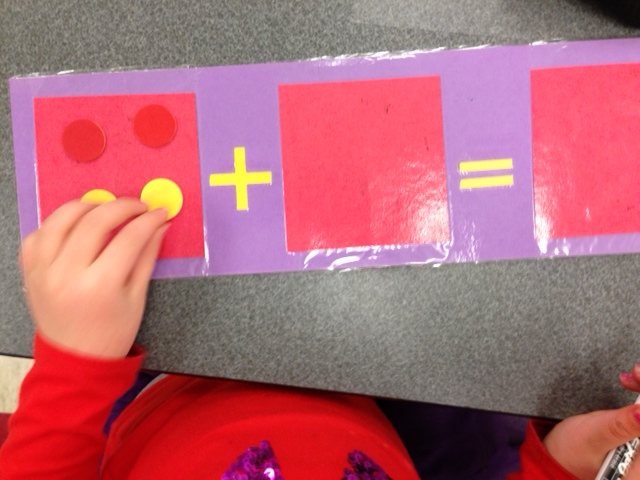
As kiddos become more comfortable with moving their counters, we use expo markers to plug in the numbers.
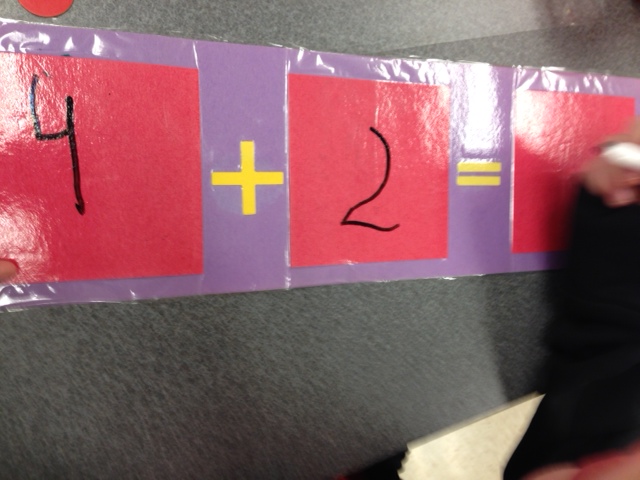 The students then start to plug in the numbers on a recording page that has similar boxes on it. As they write, they say “4 plus 2 equals 6” and then say “4 and 2 is 6” to get comfortable with the addition lingo. At the end of this handout, the students have to incorporate a little bit of writing by completing the sentence “The sum is…the answer to an addition problem”.
The students then start to plug in the numbers on a recording page that has similar boxes on it. As they write, they say “4 plus 2 equals 6” and then say “4 and 2 is 6” to get comfortable with the addition lingo. At the end of this handout, the students have to incorporate a little bit of writing by completing the sentence “The sum is…the answer to an addition problem”.
We did some of the problems together. As they get more fluent with moving the counters, plugging in the numbers and recording their problem, I let them create their own problems.
Click on the handouts to grab them for free.
Students need math vocabulary. They need time to struggle, fail, and succeed. They need opportunities to challenge each other. That’s what I like to let them create their own problem and to draw and explain their thinking. I let them walk around with their problem and have their peers solve the problem they created on their addition boards. Give them time to do that because it’s valuable.
This lesson can be broken down in to a full week or you can take bits and pieces to use what your kiddos need.


